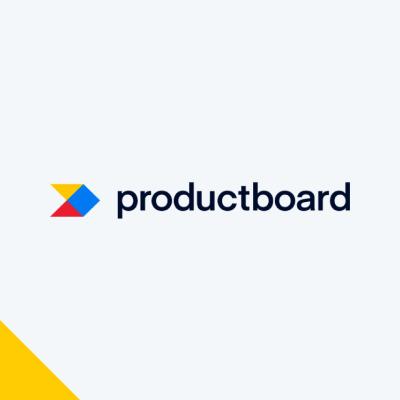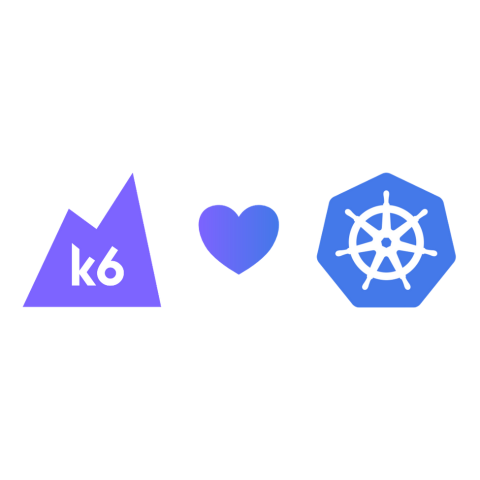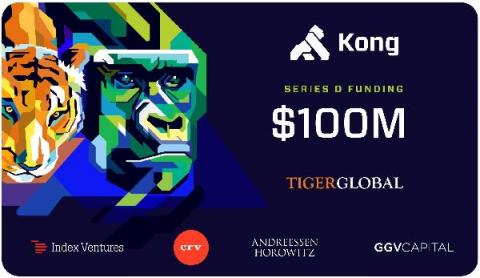Systems | Development | Analytics | API | Testing
Latest News
Stitch vs. Talend vs. Xplenty: A Head-to-Head Comparison
Five differences between Stitch, Talend, and Xplenty: Organizations store data in many destinations, making that data difficult to analyze. Legacy systems, SaaS locations, in-house databases, apps, you name it — by storing data in all kinds of places, companies can complicate data analytics considerably. Storing data in a warehouse or a lake makes more sense.
Application Integration and Digital Transformation: A Close Association
Cloudera Operational Database application development concepts
Cloudera Operational Database is now available in three different form-factors in Cloudera Data Platform (CDP). If you are new to Cloudera Operational Database, see this blog post. And, check out the documentation here. In this blog post, we’ll look at both Apache HBase and Apache Phoenix concepts relevant to developing applications for Cloudera Operational Database.
A Cost-Effective Data Warehouse Solution in CDP Public Cloud - Part1
Today’s customers have a growing need for a faster end to end data ingestion to meet the expected speed of insights and overall business demand. This ‘need for speed’ drives a rethink on building a more modern data warehouse solution, one that balances speed with platform cost management, performance, and reliability.
Productboard: From data to insights in minutes rather than days
Keyword Difficulty Explained: What It Is and How It Impacts SEO
Running distributed k6 tests on Kubernetes
The project used in this article is experimental and changes a lot between commits. Use at your own discretion .
Kong Raises $100M Series D to Accelerate Cloud Connectivity
Today, we’re excited to share that Kong has closed a $100M Series D financing led by Tiger Global with participation from new investor Goldman Sachs as well as existing investors Index Ventures, CRV, Andreessen Horowitz and GGV Capital. This raise triples our valuation to $1.4 billion and will allow us to scale our go-to-market operations even faster.
Cloud Computing and Serverless Architectures: What are FaaS and CaaS?
When creating new cloud-native applications, developers need to choose the development and deployment methods that best serves their application's needs and purpose. At the same time, organizations are always looking to optimize their cloud budgets and efficiency. Two popular deployment strategies are Function as a Service (FaaS) and Container as a Service (CaaS). Perhaps you've heard about them!










